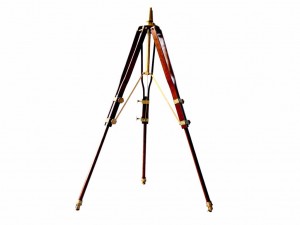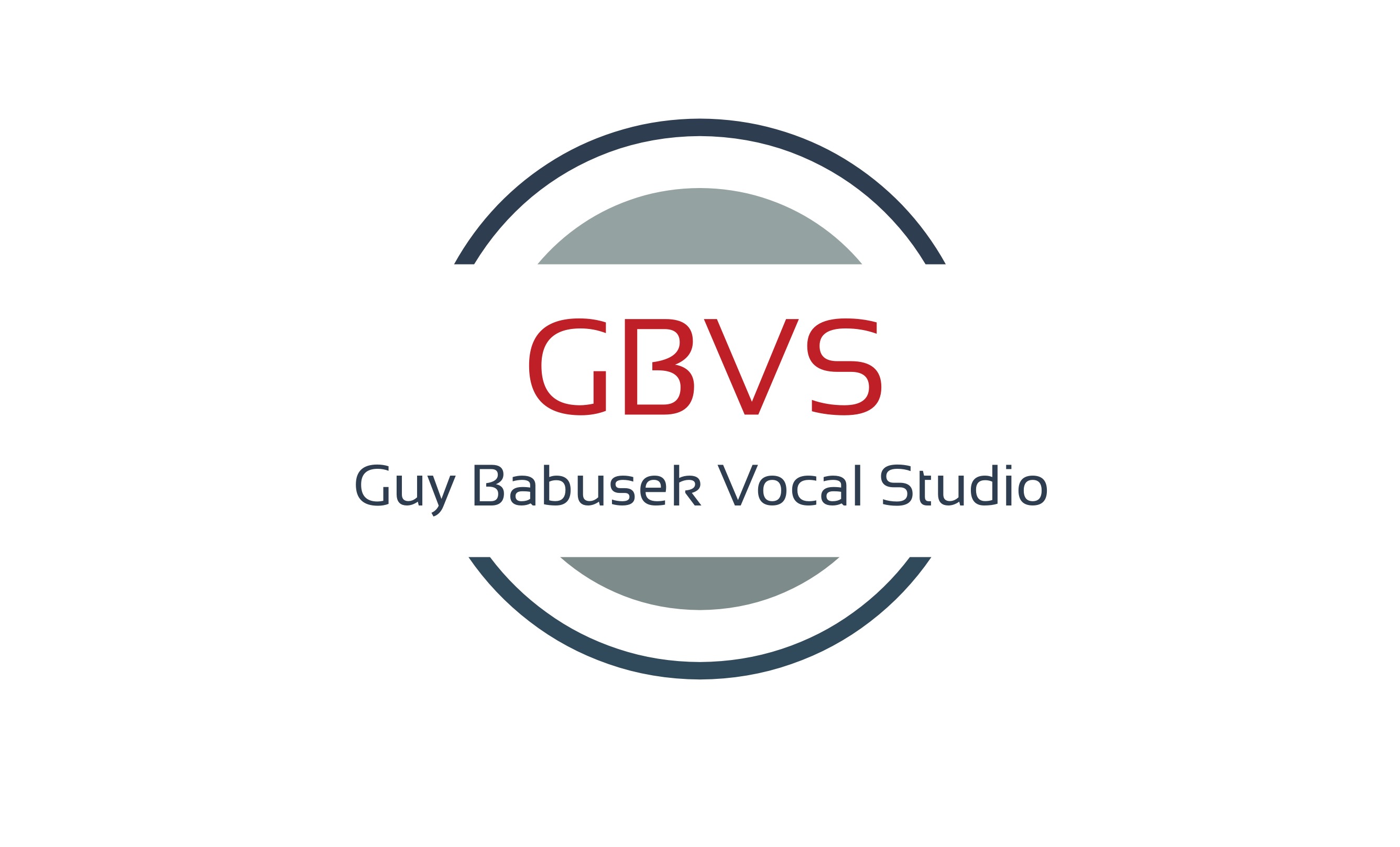
Support: The Tripod of Singing
Most people when discussing “support” in singing seem to be referring primarily to the breathing mechanism. However, that is just one aspect of what makes up vocal support (or appoggio). If you think of a tripod, it’s very clear that the function of the tripod is to give support to the camera. If one leg of the tripod is longer or shorter than the other two, its function of support is compromised. If one or more of the tripod’s legs is missing, its function of support is gone all together.
This image of a tripod can be a helpful one when discussing the concept of support in singing. There are three components, or “legs,” in the support mechanism for singing as well. These are:
1. breath
2. vocal fold resistance, and;
3. resonance (vowel formation).
When there is a balance between these three mechanisms, then the voice is supported. When there is a lack of balance between these three things then there is a lack of balanced support.
The diaphragm contracts in order to descend and cause the lungs to expand which results an inhalation. When the diaphragm relaxes again, it moves up to its resting position which results in an exhalation. If the abdominal muscles contract during the exhalation, the diaphragm is forced causing a forced exhalation, such as when blowing out a candle.
In singing, the breath is regulated both by how much the diaphragm is kept from moving up too quickly, and by how much the vocal folds themselves are actually resisting the air flow. For any given pitch or dynamic there is a range of optimal breath flow and vocal fold resistance. When these two forces are balanced, support has been established.
During healthy singing, the diaphragm is kept active by “singing on the gesture of an inhale.” In other words, rather than allowing the diaphragm to relax completely, it is kept buoyantly engaged. The vocal folds then regulate the remaining air stream, and these two mechanisms work symbiotically to make a pitch.
How the sound is shaped resonantly, has to do with the shaping of the pharynx and mouth in order to form vowels. Each vowel has its own resonance shape. A singer perceives resonance in different places in their body which are vibrating in sympathy with the vocal sound wave. Singers often perceive these sympathetic resonances in different areas of their body depending on the pitch, dynamic and vowel being sung.
A sure sign that the support system of the voice is being compromised is when a singer starts to alter the vowel away from what is optimal for the pitch and dynamic in question. They may, for instance, sing “Rocket’s red GLAAHR” instead of “Rocket’s red glare.” When the vowel is tuned back to it’s optimized formation, when the breath stays regulated and the vocal folds continue to resist the air flow in a balanced manner, the result is a supported voice. Three things are being balanced: 1. breath, 2. vocal fold resistance, and 3. resonance.
So, when a director or a teacher says “give it more support” or “sing from the diaphragm” they may not fully understand how to get you to do what is needed, but they can hear that something is wrong. It’s up to the singer to be trained enough to give them what they are asking for.
In training the voice, balanced support is always the goal regardless of which of the three legs of the tripod is being addressed. It’s important that singers train only with teachers who understand what vocal balance is.
Support — it’s about more than breathing!


